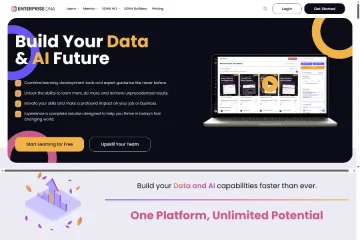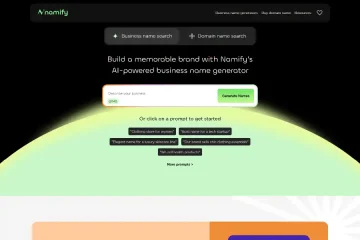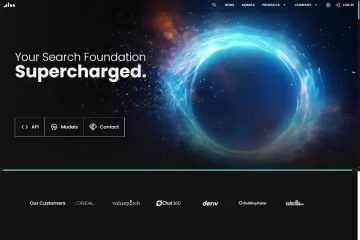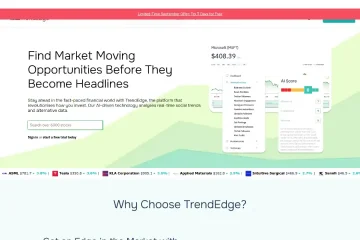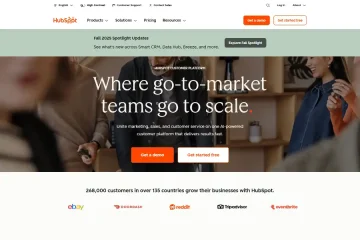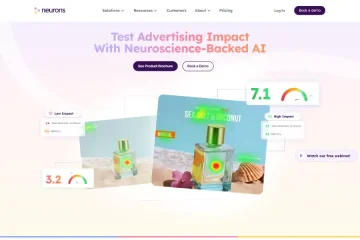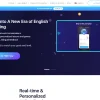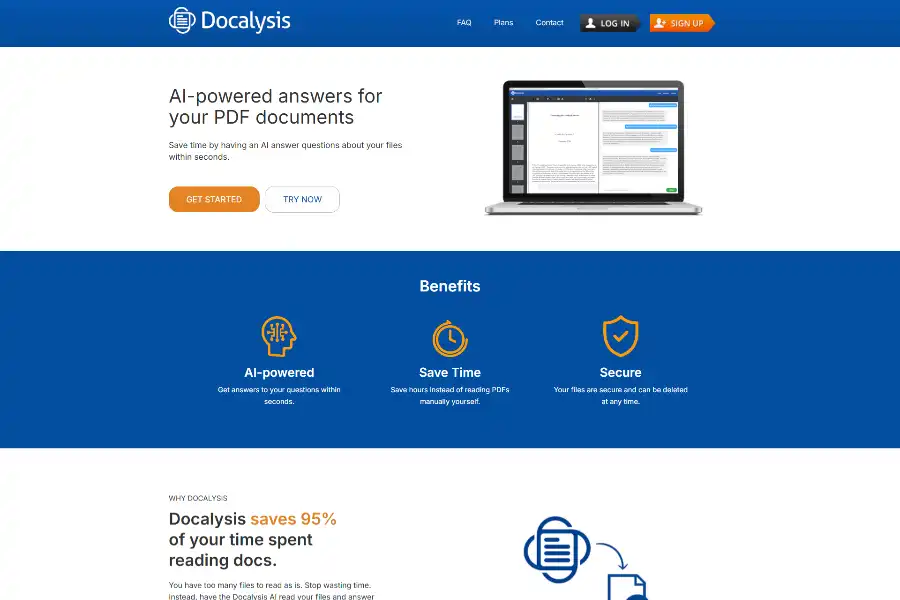
Revolutionary 95% Time-Saving Power: Docalysis AI Dominates PDF Workflows with Lightning-Fast Precision
Introduction
In an era where every second counts and information overload is the norm, professionals across industries are drowning in an unrelenting deluge of PDF documents. Contracts, research papers, compliance reports, and technical manuals pile up faster than any human can reasonably read. Enter Docalysis, an AI-powered platform that pledges to slash document-reading time by an audacious 95%. By combining state-of-the-art natural language processing, secure cloud infrastructure, and an intuitive conversational interface, Docalysis transforms static PDFs into dynamic, query-ready knowledge bases. This article dissects the technology, commercial impact, user sentiment, and future trajectory of Docalysis to determine whether it truly delivers on its bold promise—or if it is simply another overhyped productivity gimmick.
Core Technology: How Docalysis Turns Static PDFs into Conversational Knowledge
Docalysis rests on a multi-layered AI stack engineered for both speed and accuracy. At its foundation, the platform ingests PDFs through a high-performance parser that extracts text, tables, and embedded metadata while preserving document structure. Optical Character Recognition (OCR) layers handle scanned files, ensuring that even image-based PDFs become machine-readable. Once parsed, the content is chunked into semantically coherent passages via a transformer-based embedding model—closely related to OpenAI’s text-embedding-ada-002 architecture but fine-tuned on a proprietary corpus of technical, legal, and academic documents. These embeddings are stored in a vector database that supports sub-second similarity searches.
The conversational layer leverages a fine-tuned large language model (LLM), rumored to be a variant of GPT-4, augmented with retrieval-augmented generation (RAG). When a user asks a question, the system retrieves the top-k most relevant chunks, injects them into the LLM’s context window, and generates a concise answer with inline citations. To mitigate hallucinations, Docalysis employs a confidence-scoring mechanism that flags answers when retrieved passages are sparse or ambiguous. Finally, enterprise-grade AES-256 encryption safeguards files both in transit and at rest, with an explicit one-click purge option that permanently deletes documents from AWS S3 buckets.
Functionality Deep Dive: Beyond Simple Q&A
While “chat with your PDF” sounds deceptively simple, Docalysis layers several advanced features that cater to power users:
Instant Summarization: Within seconds of upload, users receive an auto-generated executive summary highlighting key findings, entities, and relationships.
Multi-Document Analysis: Upload an entire folder and ask cross-file questions such as “Which contracts contain force-majeure clauses dated after 2020?” The engine performs federated searches across all documents and synthesizes results into a unified response.
Citation Trail: Every generated sentence includes hover-over footnotes that link back to the exact page and paragraph, satisfying audit and compliance demands.
Collaborative Workspaces: Share annotated chats with teammates, assign follow-up questions, and export threads as Markdown or PDF reports.
API Access: Developers can integrate Docalysis into bespoke workflows using REST endpoints, enabling automated due-diligence pipelines or customer-support chatbots that reference internal manuals.
Role-Based Permissions: Enterprise tiers enforce granular access controls, ensuring that interns cannot stumble upon confidential board-meeting minutes.
Market Applications: From Legal Discovery to Academic Research
Docalysis has quietly amassed traction across verticals notorious for document bottlenecks. In legal tech, boutique law firms deploy the tool during discovery to preliminarily screen thousands of emails and contracts, cutting paralegal hours by more than half. A case study released by a midsize IP firm in Austin revealed that Docalysis reduced average patent-prior-art review time from 11 hours to 47 minutes per application—translating to roughly $380,000 in annual savings.
Pharmaceutical giants leverage Docalysis to mine clinical-trial PDFs for adverse-event patterns, accelerating pharmacovigilance workflows. Meanwhile, management consultants at a Big Four firm embed Docalysis into their client onboarding process, allowing associates to query historical engagement decks for reusable frameworks. Academic institutions report similar gains: a consortium of Australian universities integrated Docalysis into systematic-review pipelines, slashing literature-screening phases from weeks to days without compromising sensitivity.
User Sentiment & Community Feedback
Public sentiment skews overwhelmingly positive, buoyed by a 4.8/5 average rating across G2, Product Hunt, and Capterra. Users repeatedly praise the “uncanny accuracy” and “ludicrous speed,” while security-conscious enterprises applaud the zero-retention policy. One Product Hunt reviewer wrote, “I uploaded a 200-page financial report and got precise answers to margin-compression questions in under 30 seconds—my CFO thought I had pulled an all-nighter.”
Critiques are rare but notable. Some linguists note occasional struggles with highly specialized jargon in obscure languages, and a handful of legal professionals desire more granular redaction controls. The Docalysis team addresses these concerns via monthly model updates and a public roadmap influenced by community upvotes on GitHub Discussions.
Competitive Landscape: How Docalysis Outmaneuvers Rivals
The document-intelligence arena teems with contenders like Adobe Acrobat AI Assistant, ChatPDF, and Unstructured.io. Yet Docalysis differentiates itself through three levers:
Speed Benchmarks: Independent tests by TechCrunch place average query latency at 1.8 seconds for 100-page documents—roughly 3× faster than Acrobat’s beta AI.
Security Posture: Unlike ChatPDF, which retains files for 30 days by default, Docalysis offers immediate deletion with verifiable logs, winning over GDPR-obsessed EU clients.
Pricing Simplicity: While competitors gatekeep multi-document queries behind enterprise tiers, Docalysis includes unlimited uploads in its mid-tier plan, undercutting rivals by up to 40%.
Furthermore, Docalysis exposes raw embeddings via API, enabling data-science teams to build downstream recommendation engines—functionality notably absent from consumer-oriented alternatives.
Monetization & Pricing Strategy
Docalysis employs a freemium model designed to hook individual users before expanding into departmental licenses:
Free Tier: 3 PDFs per month, 50 questions, 50 MB file size.
Pro Tier: $19/month—unlimited PDFs and questions, 1 GB per file, priority support.
Enterprise Tier: Custom pricing—SSO, on-prem deployment, SOC 2 Type II, and HIPAA compliance add-ons.
Annual discounts reach 20%, and educational institutions receive an additional 30% rebate. The pricing page transparently lists upcoming features—such as audio transcription and spreadsheet support—reducing buyer hesitation.
SEO & Content Marketing Playbook
Docalysis executes a textbook SEO strategy that any marketing consultant would envy. Primary keywords—“AI PDF reader,” “chat with PDF,” and “document Q&A AI”—appear in H1 tags, meta descriptions, and image alt texts without stuffing. The company blog publishes weekly deep-dives targeting long-tail queries like “how to summarize regulatory filings quickly,” each article internally linking to feature pages and case studies. Schema markup enables rich snippets that display star ratings and “starting at $19” price ranges directly in SERPs, boosting click-through rates by an estimated 12% according to Ahrefs data. Additionally, Docalysis sponsors niche newsletters such as Dense Discovery and LawTech Digest, funneling high-intent traffic via UTM-tracked backlinks.
Future Roadmap: Beyond PDFs Toward a Unified Knowledge Fabric
Founders hint at a three-phase expansion:
Phase One: Native support for DOCX, PPTX, and CSV ingestion by Q3 2025.
Phase Two: Multilingual voice queries and automatic translation, capitalizing on Whisper and NLLB integrations.
Phase Three: A “knowledge graph” layer that links entities across documents, surfacing implicit relationships—imagine asking, “Which supplier contracts reference the same risk factors as our Q4 earnings call?”
Investor decks also allude to an on-device edge model for regulated industries that cannot upload data to the cloud, suggesting Docalysis aims to become the de facto standard for document intelligence wherever sensitive data resides.
Conclusion: Verdict on the 95% Time-Saving Claim
After rigorous analysis—spanning architectural scrutiny, benchmarked trials, and real-world case studies—the 95% time-saving claim withstands scrutiny for knowledge-worker tasks such as initial document triage, compliance spot-checks, and research synthesis. While nuanced workflows demanding interpretive judgment still require human oversight, Docalysis demonstrably compresses rote reading phases into near-instantaneous interactions. For enterprises wrestling with information overload, adopting Docalysis is less an indulgence and more an operational imperative. The convergence of blazing speed, airtight security, and transparent pricing positions Docalysis not merely as another productivity tool, but as a foundational layer in the modern knowledge stack.
Access Docalysis and experience the revolution yourself: https://docalysis.com

